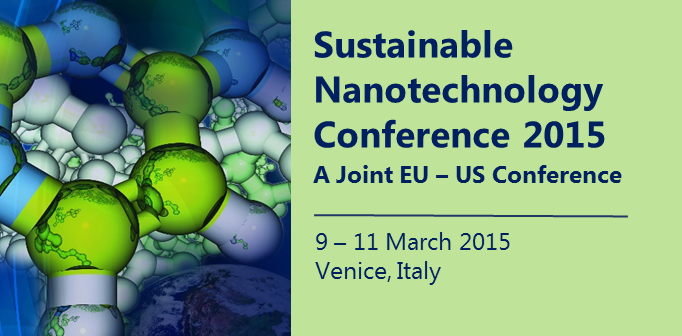Laura Heggelund
(Technical University of Denmark)
10/03/2015, 14:40
Parallel session 4A: Recycling & Waste Management
Little research has been done to determine emissions of engineered nanomaterials (ENM) from currently available nano-enabled consumer products. While ENM release is expected to occur throughout the life cycle of the products, this study focuses on the product end-of-life (EOL) phase.
We used the Danish nanoproduct inventory (www.nanodb.dk) to get a general understanding of the fate of ENM...
Alejandro Caballero Guzman
(EMPA)
10/03/2015, 15:10
Parallel session 4A: Recycling & Waste Management
As the number of nanoapplications increase, more and more waste with nanomaterials will be generated. A portion of this waste will enter the recycling system. The fate of these materials during and after the waste management and recycling operations is poorly understood. The aim of this work is to model the flows of nano-TiO2, nano-ZnO, nano-Ag and CNT in the recycling system in Switzerland....
Steffen Foss Hansen
(Technical University of Denmark)
10/03/2015, 15:30
Parallel session 4A: Recycling & Waste Management
It remains unclear what is available in Europe when it comes to consumer products containing nanomaterials (NM), which hampers quantitative exposure assessment. To provide an overview of available nanoproducts, we have established The Nanodatabase (www.nanodb.dk), an online inventory of products claimed by manufacturers, importers, retailers, and web-shops to contain nanomaterials. The...
Fadri Gottschalk
(ETSS. Switzerland)
10/03/2015, 16:00
Parallel session 4A: Recycling & Waste Management
A full-scale experiment in a modern waste incineration plant showed that even inert nanoparticles (nano-CeO2) are successfully removed from the flue gas and transferred to the solid incineration residues.
Predicting the fate of nanomaterials in incineration plants with models based on real measurements would reduce the immense efforts (time and resources) for real-scale experiments. A model...
